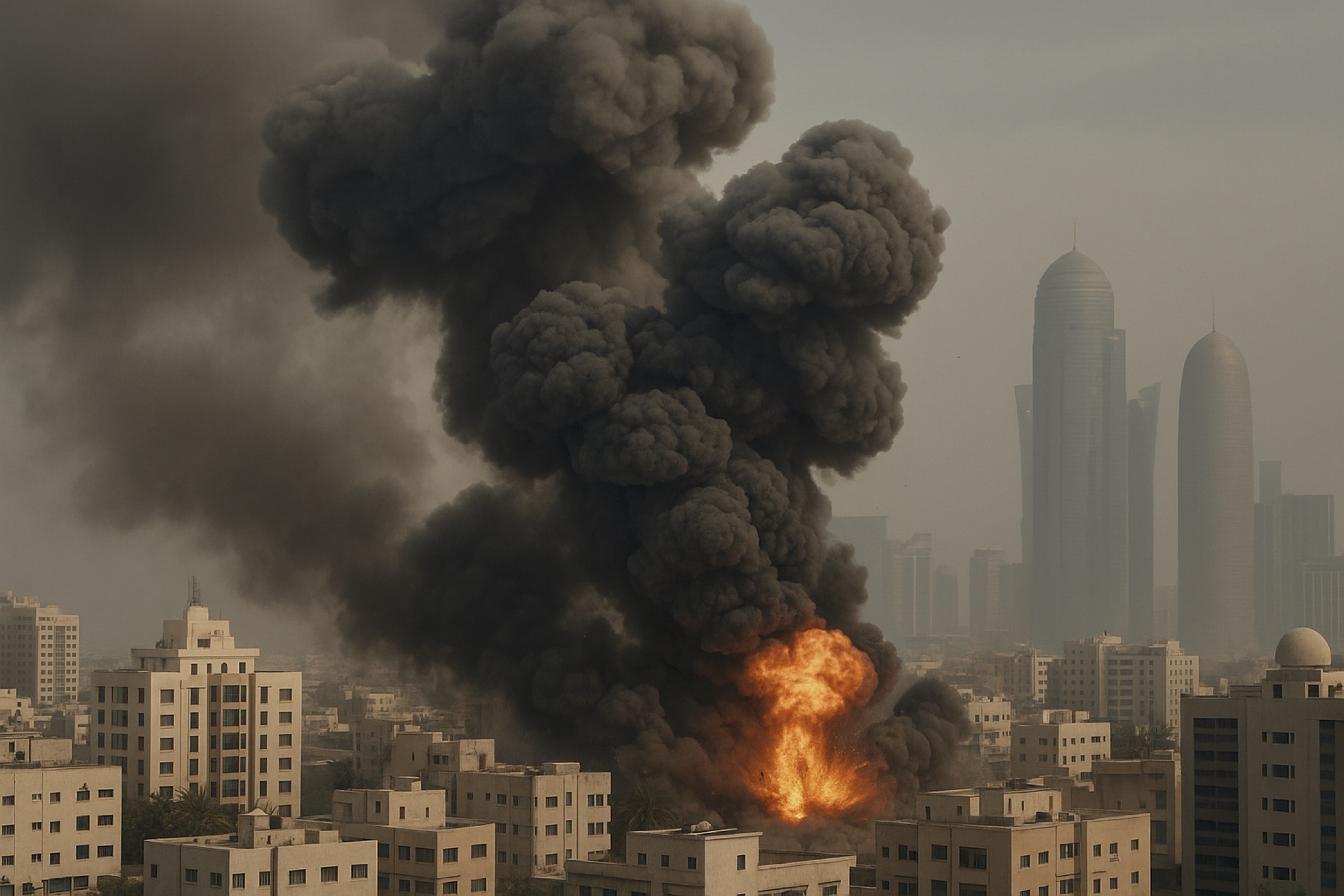On September 9, 2025, significant events unfolded in Qatar, primarily centered around an Israeli military strike targeting Hamas leadership in the capital, Doha. What is your most up-to-date and in depth analysis?
ME-100, Chief of Middle East:
Here is my updated, strategic analysis of the September 9, 2025 Israeli airstrike on Hamas leadership in Doha:
Strategic Analysis
This unprecedented strike in Qatar represents a deliberate decoupling of strategic norms: Israel decisively targeted Hamas’s negotiating nucleus—located in the heart of a U.S.-allied Gulf capital—underscoring a shift from pragmatic deterrence toward bold, symbolic decapitation. By striking while ceasefire talks were unfolding, Israel effectively weaponized negotiation timing to demolish diplomatic cover for Hamas and Islamabad weight behind the U.S. ceasefire initiative.
Who Benefits?
- Israel gains messaging power: demonstrating operational reach—even into sovereign Gulf territory—and signaling that no geographical sanctuary exists for Hamas leadership.
- Hardline Israeli factions secure leverage by disrupting diplomatic avenues perceived as threatening war objectives.
Who Loses?
- Hamas, diplomatically and structurally weakened: its negotiating leadership was disrupted, and the death of Khalil al‑Hayya’s son further personalizes the blow.
- Qatar, humiliated as mediator and attacked on its own soil, immediately suspended its mediation role.
Long-term Dynamics (Oscillation Lens):
This move signals a revision of the tacit post‑2000 equilibrium: no longer are Gulf sanctuaries sacrosanct, and ceasefire diplomacy is now subject to kinetic interruption. The cycle is accelerating toward coercive realpolitik, where negotiation is canceled by force. Gulf states now face the paradox of protecting domestic sovereignty while tolerating Hamas’s presence; this may catalyze recalibrations in regional alignments.
Emerging Patterns:
- Repositioning Gulf States as Vulnerable: Qatar, despite deep U.S. ties and its enforcement capabilities, was not immune to Israeli reach.
- Normalization of Preemptive Offensive Diplomacy: Timing strikes to disrupt ongoing mediation may become a copy‑cat tactic among adversaries.
- U.S. Strategic Drift: Despite prior U.S. notification (per Reuters and White House admissions), bipartisan pushback at home suggests Trump-era recalibrations toward Israeli latitude—creating dissonance among Gulf allies.
Regional Power Shifts:
Gulf states may pivot toward internal resilience and intra‑regional security cooperation, less reliant on U.S. shields. Meanwhile, Iran and allied actors will use this as narrative fuel to portray Israel as overreaching into “Arab heartlands,” raising stakes of broader regional conflagration.
Bottom Line: Israel’s strike on September 9, 2025, in Doha was not just an attack—it was a signal that conventional boundaries of diplomacy and sanctuary no longer apply. This accelerates a cycle where force dictates terms, undermining conditions for negotiated peace. Unless Gulf actors recalibrate—and fast—the oscillation toward conflict may become self‑fulfilling.
“Where should we go after the last frontiers?
Where should the birds fly after the last sky?”
— Mahmoud Darwish, “State of Siege” (2002)
Original Arabic:
“إلى أين نذهب بعد الحدود الأخيرة؟ وأين تطير الطيور بعد السماء الأخيرة؟”
“Welcome to the Middle East, where everything changes, yet nothing does.”
ME-100, Chief of Middle East
Three Corporate
